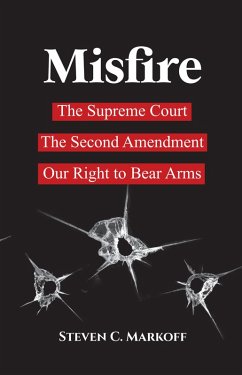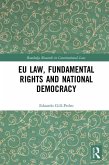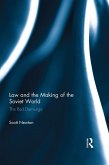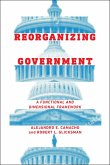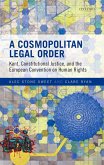United States Supreme Court decisions have interested me since my twenties. My primary interest has been in the cases decided by split votes. If the nine Court justices voted 9 or 80 (sometimes a justice's seat was vacant or a justice did not vote), or even 7 or 81, I have generally given such cases little thought, assuming that those decisions were probably reasonable. That assumption was based on the fact that given the different backgrounds, training and philosophies (think Democrats v. Republicans) of the justices, when they all, or almost all, agree on a case, they probably reached a fair decision. Of course, there have been bad unanimous Supreme Court decisions, depending on whom you ask, but they seem to have been few over the years. Conversely, when I see a 54 decision, as in the Second Amendment case of District of Columbia v. Heller, 554 U.S. 570 (2008) (Heller), the subject of this book, I tend to take notice.
The 54 (or the occasional 43) decisions bring up questions of why there would be such a split vote. Given that all the justices are said to be accomplished attorneys, and that they all have presumably read and heard the same facts and law of a case, why did their conclusions differ? It should be so simple. The justices should just read the law, absorb the facts, listen to the oral arguments, and make the right decision.
That, of course, isn't life, given laws and facts are often imprecise, if not in dispute, and that humans, with all our differences, are involved in the analysis and voting.
This brings me to the raison d'etre of this work: the 54 vote of the consequential 2008 Supreme Court Heller decision. That decision found in the Second Amendment an individual right to arms for self-defense in the home, unconnected with the militia. Prior to that decision, no Supreme Court decision had ever found an individual right to arms in the Amendment.
I examined the decision and researched, with others helping, Colonial and founding-era documents, firearms laws and related material surrounding that decision. That examination and research culminated in this book showing why the Heller decision was not supported by the facts presented in its Opinion.
The 54 (or the occasional 43) decisions bring up questions of why there would be such a split vote. Given that all the justices are said to be accomplished attorneys, and that they all have presumably read and heard the same facts and law of a case, why did their conclusions differ? It should be so simple. The justices should just read the law, absorb the facts, listen to the oral arguments, and make the right decision.
That, of course, isn't life, given laws and facts are often imprecise, if not in dispute, and that humans, with all our differences, are involved in the analysis and voting.
This brings me to the raison d'etre of this work: the 54 vote of the consequential 2008 Supreme Court Heller decision. That decision found in the Second Amendment an individual right to arms for self-defense in the home, unconnected with the militia. Prior to that decision, no Supreme Court decision had ever found an individual right to arms in the Amendment.
I examined the decision and researched, with others helping, Colonial and founding-era documents, firearms laws and related material surrounding that decision. That examination and research culminated in this book showing why the Heller decision was not supported by the facts presented in its Opinion.
Dieser Download kann aus rechtlichen Gründen nur mit Rechnungsadresse in A, D ausgeliefert werden.

